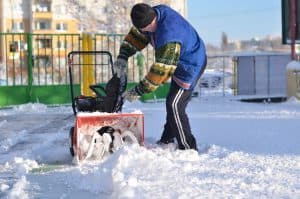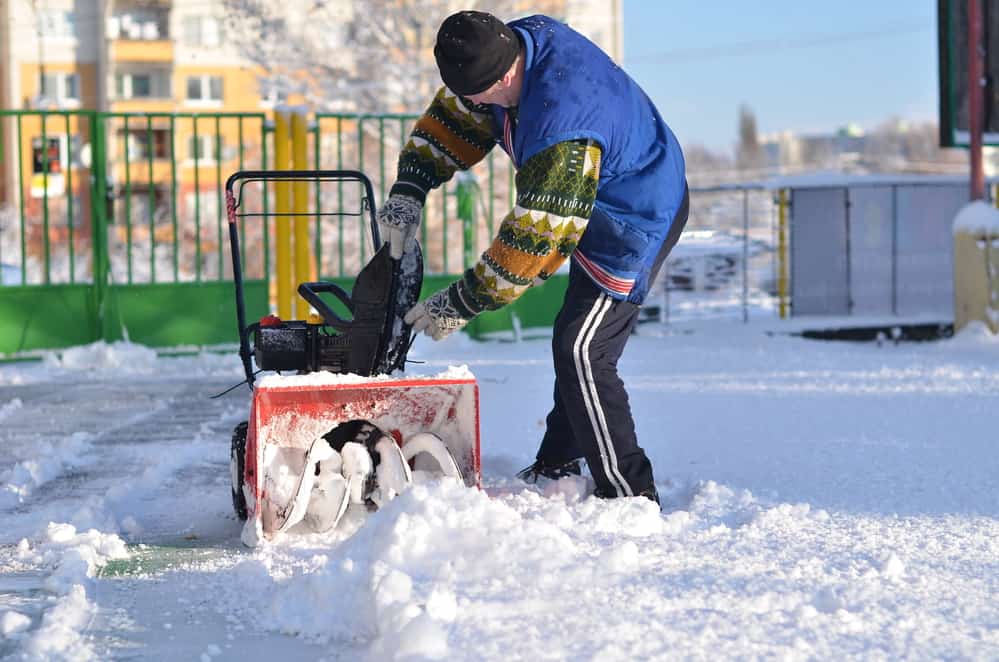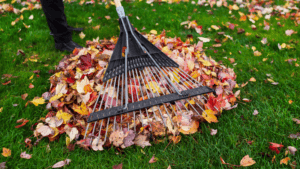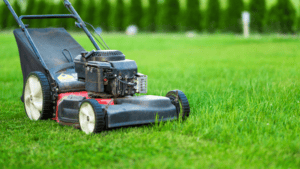Snow is most likely the last thing on your mind. Unfortunately, winter is just around the corner and snow might be coming our way sooner than expected. If you have a snowblower, there are some things you will want to do to prepare for the first inevitable snowfall.
Following the tips below to ensure your snowblower is ready to clear your driveway and sidewalks the moment snow begins to fall.
If you can take your snowblower to a local dealer such as Snappy’s Outdoor Equipment for the necessary maintenance and repairs, now is the perfect time to do so. The closer you wait to the first snowfall, the busier the shops will be and you will more than likely face delays. 
If you can’t take it in for maintenance and repairs, or if you wish to do the necessary repairs on your own, start with replacing your old fuel with fresh fuel. Fresh fuel refers to fuel 30 days old or newer. Fuel tends to get stale the longer it sits, and fresh fuel is not only better, it also ignites easier. You should have ran the engine out of gas last season, but if you didn’t, this gives you even more reason to check it. If your engine starts giving you difficulty starting, this may be the first sign you have old fuel in your engine.
It is recommended you use a national brand of fuel with an octane rating of 87, or as close as possible. Higher octane ratings offer no real benefit to your equipment and some are no good for smaller engines. Also don’t buy more than you expect to use within 30 days, but if you do, add stabilizer. Adding stabilizer to the fuel the day it is purchased can make it last nearly 4-6 months. Wait as long as you can to purchase fuel for the engine since gas is reblended to suit the season, and winter-grade fuel will make starting easier in the colder temperatures.
Next, check your spark plug. Starting will also be much easier if the spark plug is in good condition. If you have even the smallest doubt about whether the spark plug is in good shape, it’s best to replace it. While checking the spark plug, also check the spark plug wire to ensure it is connected to the spark plug.
For those who have a 4-cycle model, where the fuel and oil are separate, and did not change the oil last season, it is time to change it. Oil should be changed no matter how much you use it per year. While it may not break down fast, it can become contaminated from the moisture in the air and exhaust building up throughout the year. Contaminated oil can increase wear and ruin internal parts over time. Follow the recommended oil change schedule to ensure you get the most out of your equipment.
Now it’s time to check your owner’s manual so you can begin reviewing standard starting procedures. Before each season, be sure to check the rotor blades for wear. When the edge has worn down to the wear indicator hole, the rotor blades and the scraper need to be replaced. It is also time to replace the drive belt if there is any fraying, cracking or stretching. It is always a good idea to have a spare drive belt in case the other one breaks while in use. Tighten any loose fasteners and replace missing fasteners if necessary.
Whether you are a DIYer and prefer doing repairs and proper maintenance on your own or you are letting a shop handle everything, it is important for you to know what needs done each season before the first big winter snowfall. Always check your owner’s manual for the proper oil and fuel needed.
And if you ever run into any problems, contact Snappy’s at for your repair and maintenance needs at 419-879-1196 or stop by 2120 N. Dixie Highway in Lima today.



